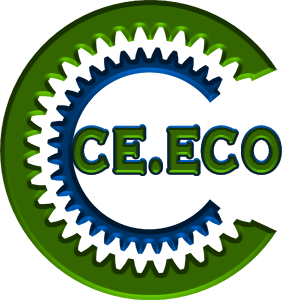These could be caused by the presence of lint of polymers or even agglomerates that form in low-flow areas, particularly when are combined cationic and anionic polymers. In extreme cases, bacterial formations can also appear.
Cavitation can be the optimal solution for all those needs of emulsion and homogenization of additives, inks or dispersed waxes as it is currently the most effective system for disintegrating and uniformly dispersing in the liquid bases both organic and inorganic pigments with even density above 50%.
Traditional systems for mixing and dosing are characterized by high costs of both implementation and management and, above all, maintenance as the deposit of sediments on different parts of the plant forces continuous interventions.
The consumption of water required to dilute the other fluids treated is also huge as this must be continuously introduced, also entailing the problem of increasing energy consumption by having to continuously stabilize the thermal levels of the matrices.
With cavitation, on the other hand, process water is used, completely eliminating, with the exception of the relative tanks, all external pre-treatment and filtration machinery.
Having an always constant flow of matrix being processed and there are no dead spots inside our apparatus, the possibility of encrustations or sediment deposits is also eliminated, thus reducing maintenance times to a minimum, guaranteeing perfect hygiene, better reactivity of the matrices introduced and, being the dimensions of the plant considerably reduced, any intervention, including dosage variations, will be practically immediate.
With experiments conducted using basic cavitators, it was found that the dosages of additives dropped by over 30% while retentives by over 25% with significant increases in the production capacity of the entire plant in general.










